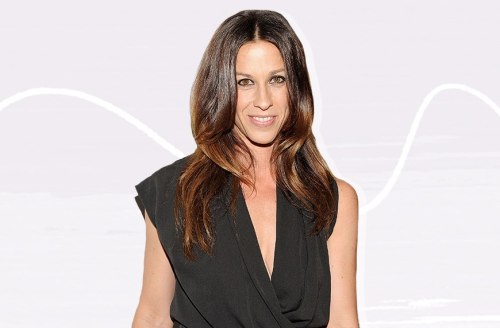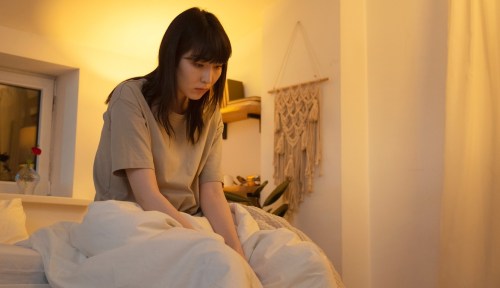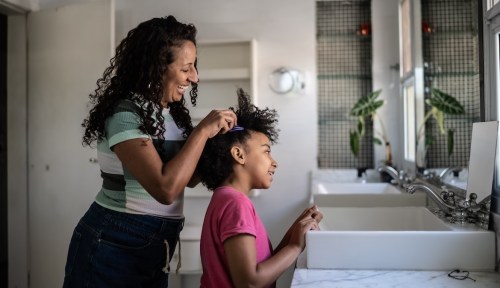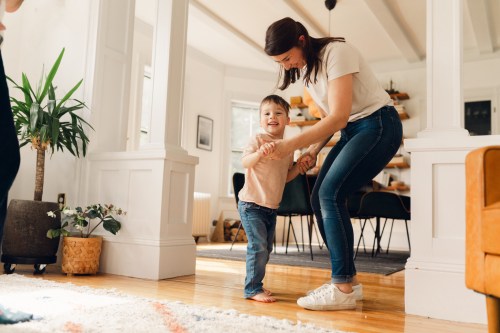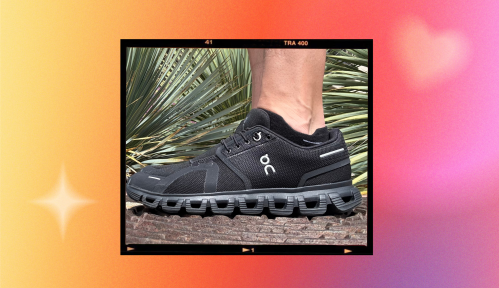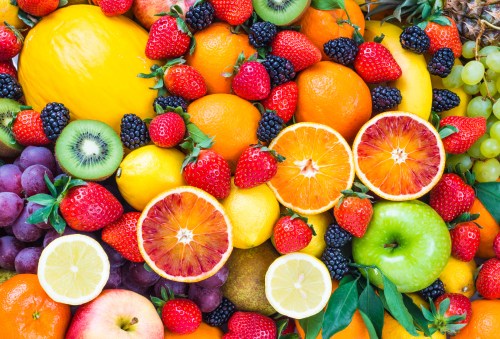I have learned plenty of lessons from Alanis Morissette. The meaning of irony. That I should let a song bring me to tears. And just the right way to say “f**k you” to a guy who didn’t deserve me. But none really compares to the “four boundaries” she reveals in a candid new interview with Self.
“I talk about [the four boundaries] with my kids a lot,” Morisette explains. “You can’t tell me what I’m thinking, you can’t tell me what I’m feeling, you can’t f**king touch my body/you can’t do anything with my body, and don’t touch my stuff.” Full stop.
Reading these words took my breath away. As Nicole Cliffe, the writer who interviewed Morissette, puts it: What else is there? Morissette’s application of the four boundaries as a means to help her children understand their self-worth is just the beginning. Survivors of trauma, like me, who are reading what Morissette has to say, know this all too well. The older boy who pinned me down senior year of high school (you can’t f**king touch my body); the friend who didn’t believe me when I told him what had happened (you can’t tell me what I’m thinking); the guy who convinced me it wasn’t “that big of a deal” (you can’t tell me what I’m feeling). Had I understood such boundaries at the time, maybe my own experience would have been different. And now, I want to get them tattooed on my forehead to remind me what my boundaries are—and what I deserve—every time I look in the mirror.
Morissette opens up about much of the trauma she’s been through in the course of her life, including her own #MeToo experience (which she details in the 2002 song “Hands Clean“) and the time her former business manager confessed to stealing nearly $5 million (“another version of the same dynamic,” she says). In both of instances, her boundaries are broken. “I remember forever I just kept saying, But I was participating, I was…, to my therapists,” she tells Self. As she teaches the four boundaries to her children, Morissette recognizes the significance of past betrayals as well as a path forward.
Here’s how to set boundaries with everyone in your life, according to a pro. And if you’ve been through a trauma and don’t know how to talk to your new partner about it, read this.
Sign Up for Our Daily Newsletter
Get all the latest in wellness, trends, food, fitness, beauty, and more delivered right to your inbox.
Got it, you've been added to our email list.
